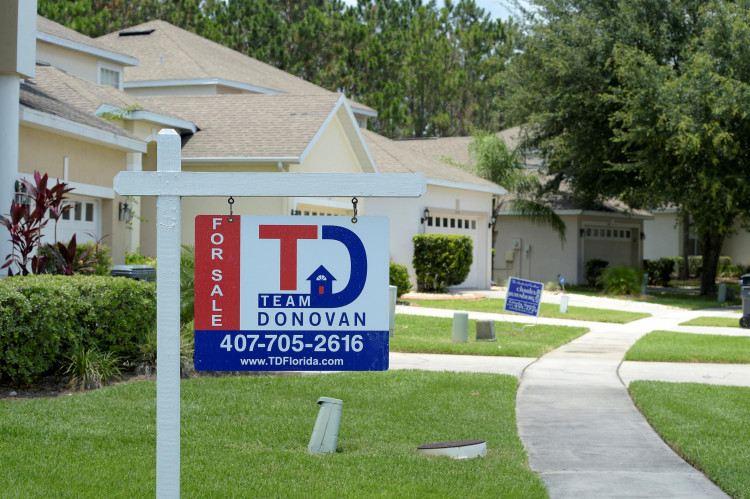Sales of previously owned homes in the United States dropped by 5.4% in June compared to May, signaling a notable shift toward a buyer's market as supply increases, according to data released by the National Association of Realtors (NAR). This decline brings the annualized sales rate to 3.89 million units, marking the slowest sales pace since December. The drop also mirrors a 5.4% decrease from June of the previous year, indicating a broader cooling trend in the housing market.
The slump in sales, based on contracts signed mostly in April and May, coincides with a period when the average rate on a 30-year fixed mortgage exceeded 7%. Although rates have slightly pulled back to the high 6% range, the impact on buyer behavior has been significant.
"We're seeing a slow shift from a seller's market to a buyer's market," said Lawrence Yun, chief economist for the NAR. "Homes are sitting on the market a bit longer, and sellers are receiving fewer offers. More buyers are insisting on home inspections and appraisals, and inventory is definitively rising on a national basis."
Inventory levels surged by 23.4% from a year ago to 1.32 million units at the end of June. This increase in supply, although coming off record lows, represents a 4.1-month supply at the current sales pace. A six-month supply is generally considered balanced between buyers and sellers. The rise in inventory, the highest since May 2020, is driven by homes lingering longer on the market, with the average time a home sat on the market rising to 22 days from 18 days a year ago.
Despite the increase in supply, home prices continue to rise. The median price of an existing home sold in June hit $426,900, a 4.1% year-over-year increase and an all-time high for the second consecutive month. This price surge is partly due to stronger demand in the higher end of the market. Sales of homes priced over $1 million were the only segment seeing gains over the past year, while the most significant drop in sales occurred in the $250,000 and lower range.
"The median listing price is being held down by an influx in smaller and lower-priced listings. In fact, the number of for-sale homes in the $200k to $350k price bucket surged by 50% compared to a year ago," noted Danielle Hale, chief economist for Realtor.com.
Higher-end buyers, who often use more cash, have been a significant factor in the market. All-cash sales accounted for 28% of transactions in June, up from 26% a year ago. Meanwhile, investors have pulled back slightly, making up 16% of sales, down from 18% the previous year.
Yun pointed out that if inventory continues to rise, it could lead to one of two outcomes: either home sales will increase, or prices will stabilize or decrease. "Assuming more inventory continues to increase, two things would happen. Either home sales rise, or, if the prices do not rise, the prices would buckle down," Yun added.
The ongoing affordability crisis is driven by several factors, including years of underbuilding, rising construction costs, and higher mortgage rates. These higher rates have created a "golden handcuff" effect, where homeowners with historically low mortgage rates are reluctant to sell, further limiting supply.
Economists predict that mortgage rates will remain elevated for most of 2024 and will only begin to fall once the Federal Reserve starts cutting rates. However, even with rate cuts, mortgage rates are unlikely to return to the lows seen during the pandemic. "Some prospective buyers are simply waiting for mortgage rates to come down after the Federal Reserve cuts rates, most likely in September," said Lisa Sturtevant, chief economist at Bright MLS. "With inflation cooling and the job market still solid, rate cuts are now almost a foregone conclusion, which means those buyers who can wait are doing so."
A survey by Zillow found that most homeowners are nearly twice as willing to sell their home if their mortgage rate is 5% or higher. Currently, about 80% of mortgage holders have a rate below 5%, suggesting that many potential sellers are holding off until market conditions improve.






